Doctor Who episode 2: What is the Timeless Child?

Note: This article contains spoilers for Doctor Who series 11, episode 2 – 'The Ghost Monument'.
No story arc? Rubbish.
Doctor Who's new creative team might have promised us ten totally standalone episodes with only the loosest of linking threads, but we're only two weeks in and already a clear through-line is emerging.
'The Ghost Monument' featured references back to last week's 'The Woman Who Fell to Earth' that also seemed to set up future events, leaving us with a whole heap of questions and a few working theories as to what's next.
Here's what we've got so far...
1. Who or what is the Timeless Child?
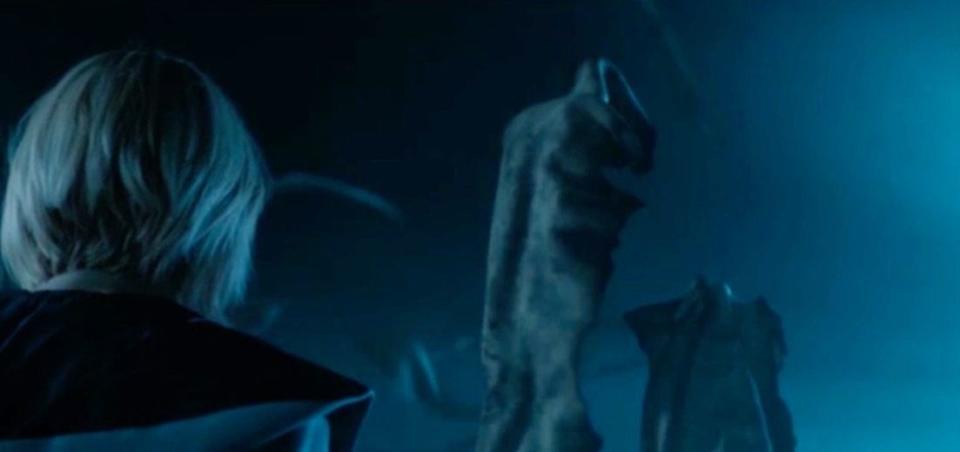
On the hostile surface of Desolation, the Doctor (Jodie Whittaker) has a showdown with some telepathic rag monsters – only in Doctor Who – who pluck a phrase out of our hero's head which seems to unsettle her deeply.
"We see deeper," they hiss. "Further back… the Timeless Child."
The Doctor apparently has no clue what they're referring to, but the rag monsters continue,"We see what's hidden, even from yourself. The outcast, abandoned and unknown."
So who, or what, is the Timeless Child? Does it refer to the Doctor herself? Some childhood trauma that she's buried?
But if so, what does "timeless" mean in this context? Is the Doctor somehow not a true Time Lord? Is everything we thought we knew about to get turned on its head (again)?
2. Are the Stenza the new Daleks?
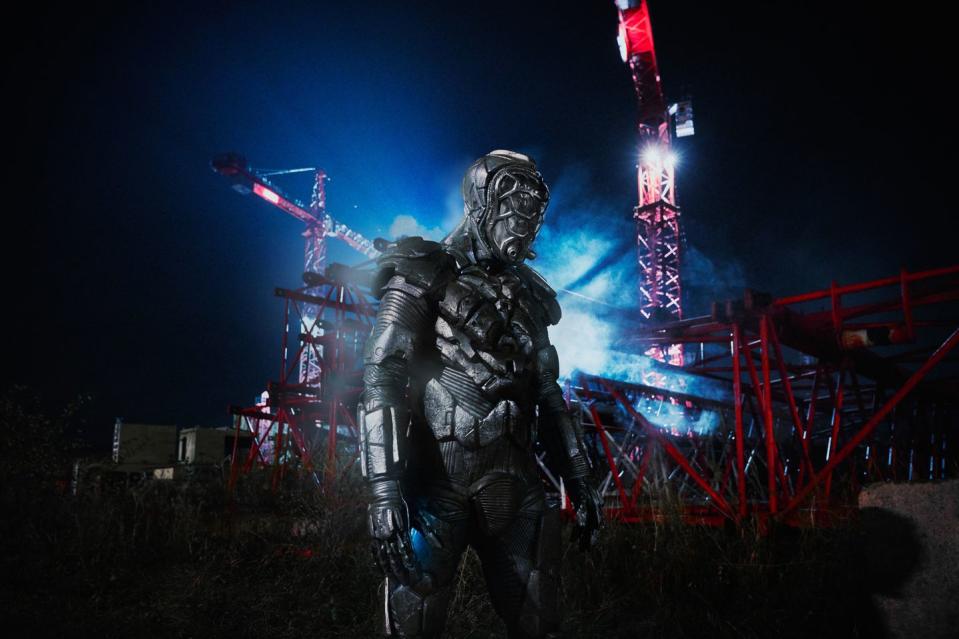
Chris Chibnall's efforts to convince Doctor Who fans, and in particular the popular press, that there are no old monsters in this series has been reminiscent of that scene from Red Dwarf's pilot episode where Lister can't quite believe he's the last living human.
"What... even the Cybermen?" "No old monsters, Dave." "No Daleks?" "No Daleks either. No old monsters, Dave."
It looks as though Chibs might be introducing a recurring threat of his own, though: the Stenza were established in last week's series opener (tooth-faced Tim Shaw was one of their kind) and their tyranny is referenced again here, with tales of how they've decimated planets and peoples across the galaxy.
"They took our planet, sent us into hiding, killed millions of us," laments Susan Lynch's Angstrom. Surely they'll be back?
3. What's Venusian aikido?
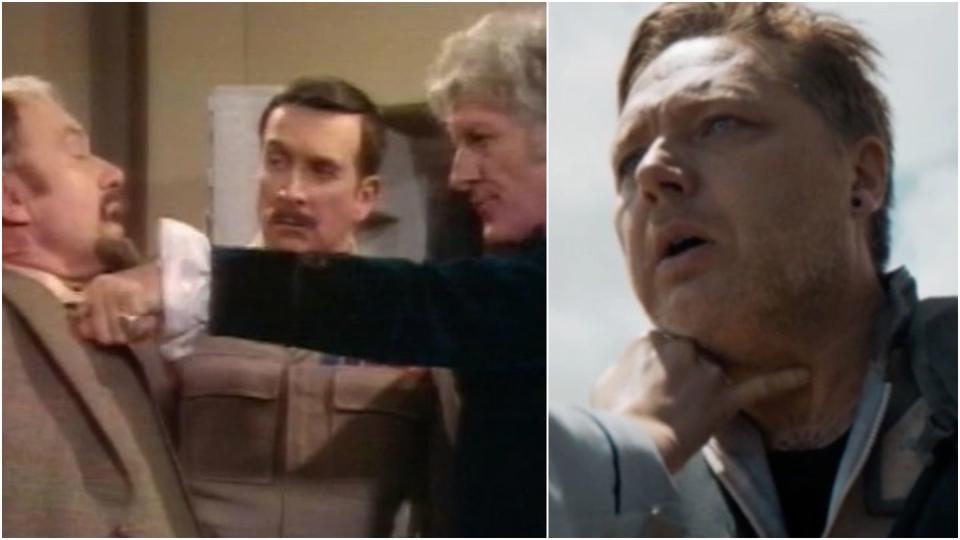
For any Doctor Who newbies – welcome! – who are unfamiliar, Venusian aikido is a martial art practiced by the Doctor ever since the Jon Pertwee era.
Like regular old Earth aikido, it's a form of effectively defending oneself that nonetheless inflicts minimum injury on the attacker – Pertwee's incarnation would chiefly use it to immobilise an opponent by targeting their pressure points, as Whittaker's version does to Epzo (Shaun Dooley) in 'The Ghost Monument'.
(Back in the 1970s, Doctor Who producer Barry Letts was opposed to the Doctor engaging in fist fights, which led to script editor Terrance Dicks suggesting the character use an alien form of aikido, since it has no attacking moves.)
As a big Pertwee fan, Peter Capaldi was also seen using Venusian aikido on a number of occasions throughout his time on the show. Interestingly, in a new addition to established canon, our new Doctor suggests that the art was invented by Venusian nuns. Haiiii!!
4. Why do aliens in Doctor Who speak English?
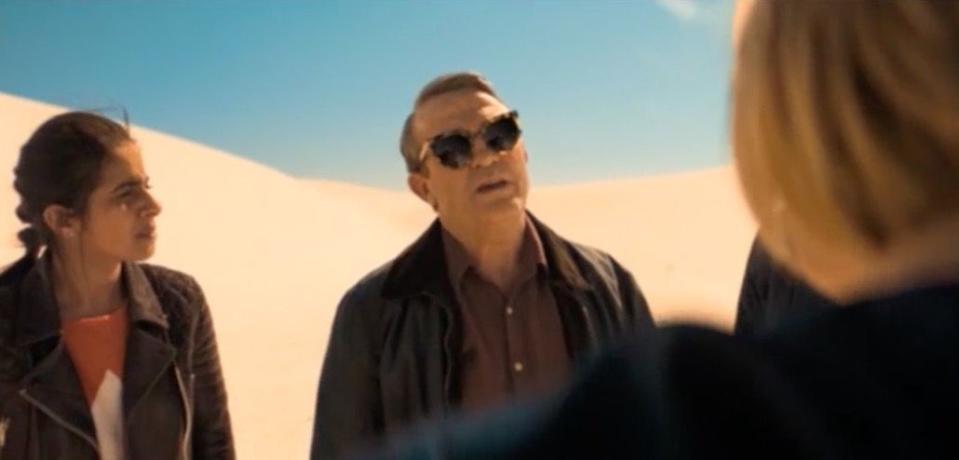
This question has been touched on in the past, but 'The Ghost Monument' has to find an alternative get-out, for reasons we'll explain.
Throughout the run of the classic series, Doctor Who never bothered to satisfactorily explain why every extraterrestrial race encountered by the Doctor and friends spoke, or at least appeared to speak, English.
Tom Baker's fourth Doctor once described companion Sarah Jane Smith's ability to understand (and speak) alien dialects as a "gift of the Time Lord" that he allowed her to share. But it wasn't until the arrival of Billie Piper's inquisitive Rose Tyler that we pinned down some specifics.
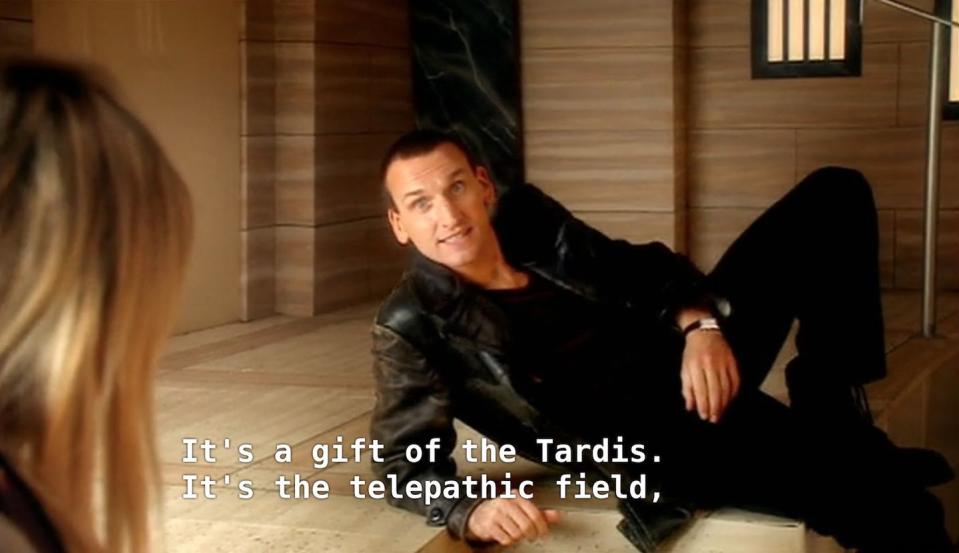
In 2005's 'The End of the World', the ninth Doctor (Christopher Eccleston) told Rose that "a telepathic field" generated by the TARDIS "gets inside your brain" and translates.
But of course, with the ship temporarily lost this week, Chibnall has to invent another reason why Graham, Ryan and Yaz can speak fluent alien-ese: hence the "universal translator" implanted by the medi-pods that scoop our heroes up out of space.
"If I had my TARDIS, you wouldn't need them," the Doctor remarks, establishing that the good ol' translation circuit is still in place and should take up the job going forward. (Good news for Graham, who's finding all these recent implants to be a literal pain in the neck.)
5. How does the TARDIS change?

Much like the Doctor herself, the TARDIS is able to regenerate itself – or at least, revamp its physical appearance.
The ship, of course, has a broken Chameleon Circuit that should allow it to shape-shift and blend into its surroundings, but has instead left its outer shell stuck in the form of an old-fashioned police box.
Presumably, though, the circuit still functions on some level, since the TARDIS is able to repair and tweak its battered exterior – as seen in Matt Smith's first outing 'The Eleventh Hour' and again in 'The Ghost Monument'. ("You've done yourself up!" notes the Doctor. "Very nice.")
It's also able to totally reconfigure its interior: we've seen various different versions of the TARDIS control room over the years, with the latest – all burnt orange, with fluorescent blue roundels – making its debut here.
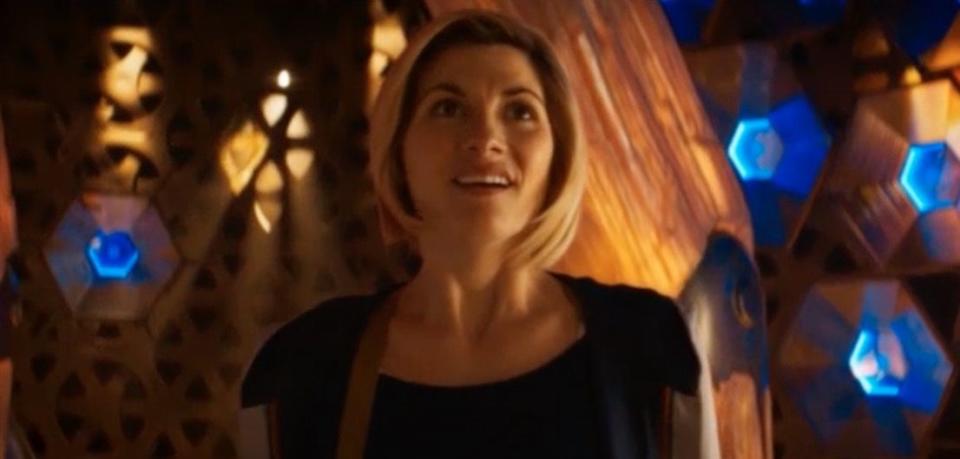
The Doctor's response to the makeover ("You've redecorated… I really like it!") is a nod from Chibnall to classic '70s story 'The Three Doctors', in which Patrick Troughton's second Doctor steps aboard his successor's TARDIS and voices his disapproval of its new look. (A variant on this moment also pops up in 1983's 'The Five Doctors' and in a number of Matt Smith stories, including 50th anniversary special 'The Day of the Doctor'.)
As for the TARDIS doors opening by themselves, it's been established ever since 2008's 'Forest of the Dead' that the ship can allow entry without a key, with the Doctor needing only to click his fingers to gain access. (This fact is occasionally forgotten for the sake of dramatic convenience, such as when the Doctor fears being locked out when Clara destroys all the TARDIS keys in 2014's 'Dark Water' – though that did all happen only in Clara's mind, so we'll forgive it.)
6. Will we meet Yaz's family?
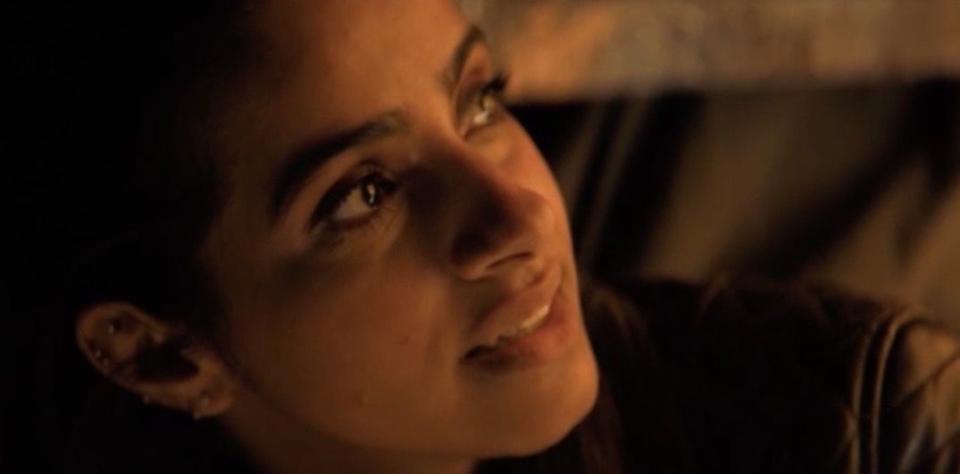
Poor Yaz... while Graham and Ryan are working to balance their joy – and terror – at being made unwilling intergalactic adventurers with their ongoing grief over the loss of Grace, Mandip Gill's ambitious copper still doesn't have any real emotional arc to speak of.
The closest thing we get in 'The Ghost Monument' is a brief reference to her as-yet-unseen family – "You make me miss my family," Yaz tells Angstrom, who's been separated from her own clan. "That's quite some achievement, considering my Dad drives me bananas and my sister's trying to get me to move out so she can have my bedroom."
Chibnall's confirmed that, much like Rose's London digs in the early Russell T Davies era, Sheffield "is the home for this series of Doctor Who" and we'll "see it again during the series" – fingers crossed we get to visit chez Khan and explore Yaz's relationships with her sister and father, because that'd help to flesh her out a whole lot.
7. What's going to happen in episode 3?
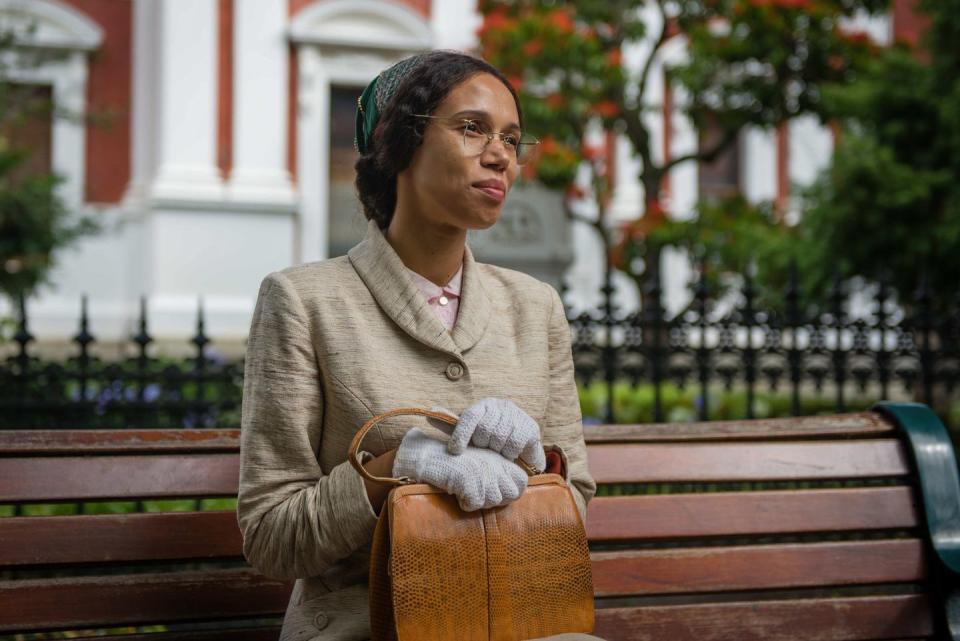
The intense levels of secrecy surrounding this new series of Doctor Who mean we actually know precious little about next week's episode, but the Next Time trailer does reveal a few tidbits about 'Rosa'.
As has long been rumoured, the Doctor and friends will meet Rosa Parks – played by Sherlock's Vinette Robinson – as the TARDIS takes them to Montgomery, Alabama in 1955. (We're guessing the ship goes characteristically off-course, since 'The Ghost Monument' ended with the Doctor promising to return Graham, Yaz and Ryan to 21st-century Sheffield.)

Above: The real Rosa Parks
Parks became a pivotal figure in the Civil Rights movement in 1955 after refusing to obey bus driver James F Blake's order to give up her seat in the "coloured section" to a white passenger, after the whites-only section was filled.
Parks, who passed away in 2005, became an international icon of resistance to racial segregation and collaborated with civil rights leaders including Martin Luther King Jr.
Here the official synopsis: "The Doctor and her friends find themselves in the Deep South of America. As they encounter a seamstress by the name of Rosa Parks, they begin to wonder: is someone attempting to change history?"
The brief teaser for episode three also confirms that there's an alien influence at work in the past, as a figure (played by Josh Bowman) with a laser gun pursues our heroes. Boom!
Want up-to-the-minute entertainment news and features? Just hit 'Like' on our Digital Spy Facebook page and 'Follow' on our @digitalspy Instagram and Twitter account.
('You Might Also Like',)

 Yahoo News
Yahoo News 
